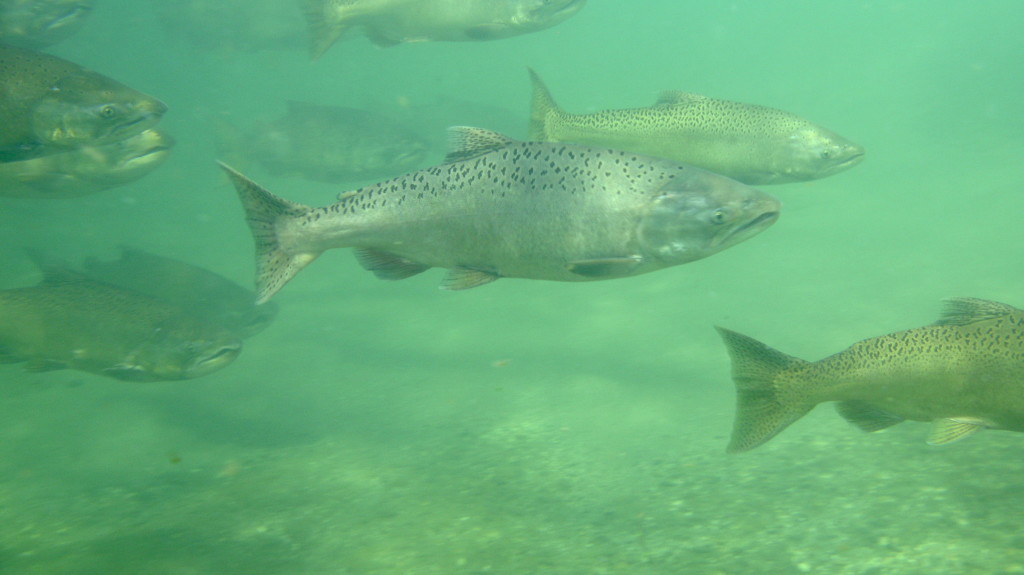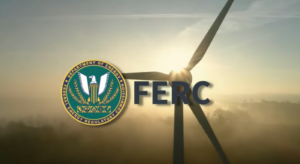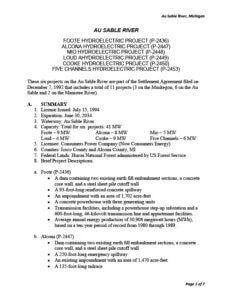Rising River Temps Imperil Threatened Salmon
We are well into another year of a drought here in Nevada County and its impacts are being felt throughout the watershed as reservoirs continue to recede and wildfires proliferate. As we have written about in previous articles here and here, the drought is also affecting the Yuba and the species that call it home, including the threatened Chinook salmon.
This piece explores the current state of affairs as well as the consequences of inaction.
What is happening now as river temps rise?

A school of juvenile Chinook salmon and juvenile rainbow trout/steelhead swimming together through one of the project’s floodplains.
Winter- and spring-run Chinook salmon enter freshwater ecosystems in the winter and spring, respectively. They swim upstream, spend the summer becoming sexually mature, and reproduce in the fall. Historically, spring-run Chinook salmon migrated high into the Yuba Watershed. Salmon once could reach Salmon Creek near Sierra City on the North Yuba. Those that swam up the South Yuba made it to just below Humbug Creek.
Importantly, juvenile salmon depend on cold waters and leave the river when things get warm. If temperatures get too high, the salmon at all life stages will die.
Because impassible dams block access to the upper watersheds of California’s rivers today where the water is cooler, dam owners and operators are required by law to manage the river temperatures below the dams so they are cool enough for the imperiled fish below to survive. Deciding how much to release and when to release it involves numerous players, including scientists.
Scientists are tasked with predicting the water supply that will come from snow and rain each year. They share this information with water managers, who must then decide how that water should be allocated given these predictions. These recommendations are not, however, always followed. Pleas from concerned scientists, like this petition submitted in early March asked the State Water Resources Control Board to take actions (like implementing alternative dam operations, including hydropower bypasses and reduction of water deliveries, to protect winter-run Chinook salmon). The requested action was not taken.
This year’s drought has created significant challenges. Due to the limited remaining water supply in Shasta Reservoir, dam operators will lose the ability to control temperatures in the Sacramento River, which is the only river in which the endangered Central Valley winter-run Chinook salmon spawn today.
The inability to provide adequate cool water for the endangered Central Valley winter-run Chinook salmon also happened in 2014 and 2015, both of which were difficult drought years. The result: almost all of the offspring died. We anticipate that we will lose almost all of the winter-run Chinook offspring again this year, marking it the third catastrophic loss in seven years. Salmon cannot survive these assaults.
Salmon Perish
The lower Yuba River, a stronghold for wild spring-run Chinook salmon, is experiencing alarming warming trends. In fact, some parts of the lower Yuba River have already surpassed the lethal limits of adult Chinook salmon.
Scientists are concerned that the water may not be cold enough for salmon eggs. Even if the lower Yuba River stays cool enough for this year’s juveniles to survive, they will still have to navigate through the potentially too-warm Feather and Sacramento Rivers, where they may die in transit.

Lower Yuba River at Hammon Bar
How can we make these predictions?
Scientists learn from other case studies. The salmon mortality rates on Butte Creek and the Sacramento River tell an ominous story.
Butte Creek is a “wild” river (meaning it has no fish hatcheries on it) that supports the largest annual run of wild Central Valley spring-run Chinook salmon. River temperatures in Butte Creek have already surpassed the lethal limit for adult salmon, and massive die-offs have occurred. So far, approximately 16,000 adult salmon have perished prematurely.
These conditions are concerning given that preliminary estimates reveal this year to be one of the largest salmon runs in recent history: a whopping 25,000 salmon estimated to have returned to Butte Creek. Restoration activities have helped make this possible, but with lethal water temperatures, many of them aren’t living long enough to spawn.
One of the scientists responsible for estimating annual runs on Butte Creek notes that they “are so busy counting carcasses they can’t get a good estimate of how many fish are left.”
What can we do to address these concerns?

Swimming Salmon

Chinook salmon in Yuba River (J.Katz)
Preventative measures, like implementing ecologically-significant flow regimes, improving fish passage over dams, and/or dam removal, are actions that we need to take now to protect Yuba Salmon from extinction.
All hydropower dams in the Yuba River Watershed are up for relicensing right now. This gives us a chance to mandate better management of flows and operations for Yuba Salmon, an opportunity that only opens once every 50 years!
This is why SYRCL is actively advocating on behalf of Yuba Salmon that the Federal Energy Regulatory Commission (FERC; the license issuer) require dam operators in the Yuba River Watershed to (1) implement an ecologically-significant flow regime, (2) provide volitional passage over Englebright Dam, (3) fund habitat restoration efforts on the lower Yuba River and (4) consider dam removal.
What does the future hold for wild Central Valley salmon?
The future for wild salmon in the Central Valley is an uphill battle. Given the recurrence of drought and the predictions from the Intergovernmental Panel on Climate Change that it will only persist, it’s time that we update the way we manage water in California.
We cannot sit idly by as we watch these keystone species disappear. Their extinction would cause catastrophic cascades across the food web—forests and rivers would be starved of marine-derived nutrients and orcas, sharks, otters, eagles, and many other species that depend on salmon for food would be stressed.
SYRCL’s Yuba Salmon Now campaign works tirelessly to liberate salmon from the threat of extinction and to restore them to their ecological prominence in our state’s natural heritage. To get involved or sign up for our newsletter, click here.


